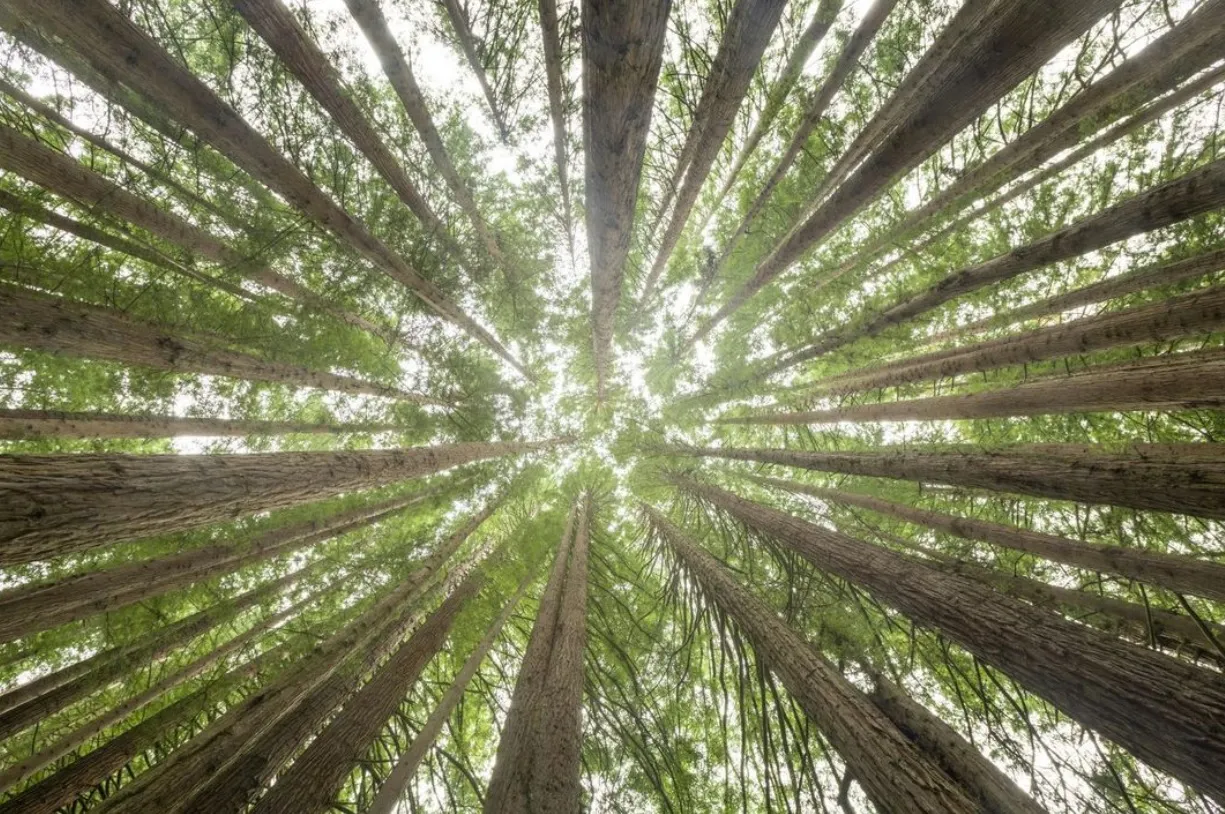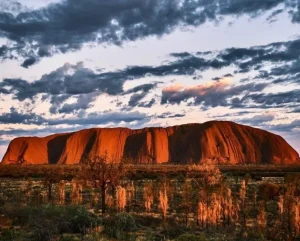The Great Ocean Road, which stretches a breathtaking 243 kilometres along Victoria’s rugged southern coast, is not only a scenic drive but also an important corridor with many special ecosystems and rich Aboriginal history. Yet, this famous route is confronted with conservation issues that could erode its natural beauty and cultural significance if unaddressed. The main question? How to manage the influx of tourists who want to explore its mysteries while preserving it for future generations.
Marine Wildlife and Tourism: A Delicate Balancing Act
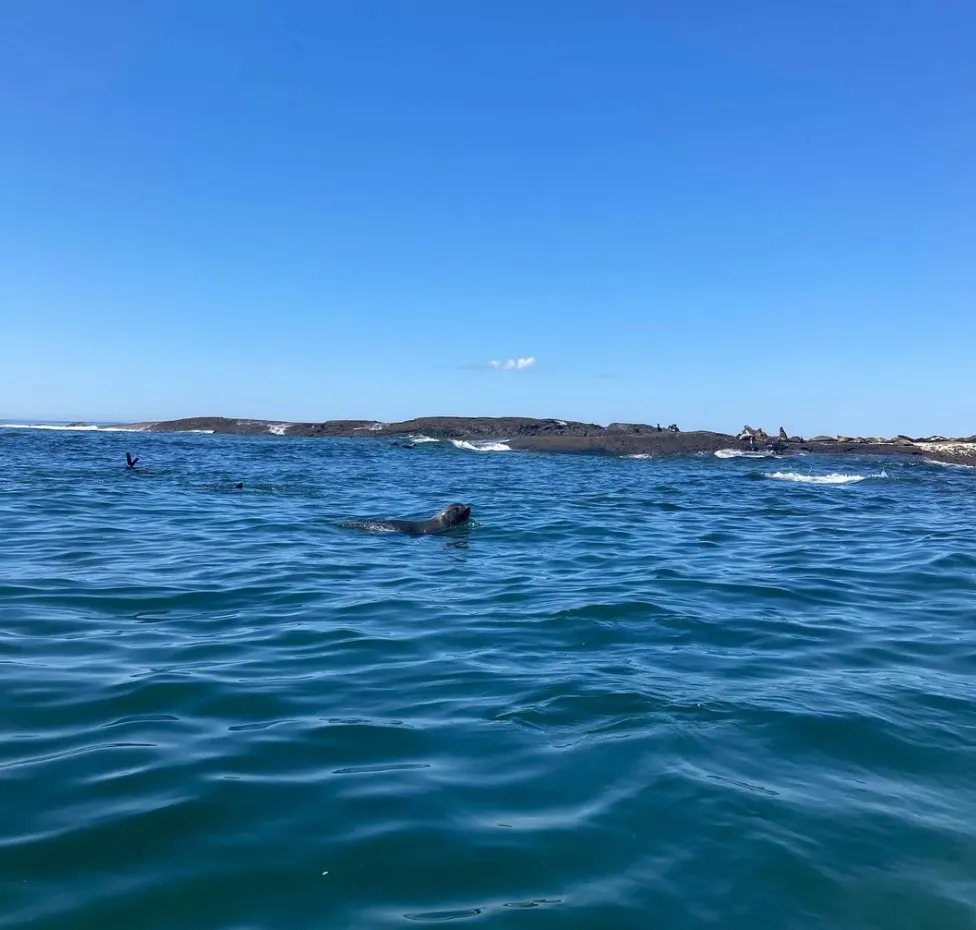
Apollo Bay is a lovely seaside town that serves as the gateway to both marine and coastal wonders in the stretch of the Great Ocean Road. The underwater biodiversity here can amaze divers and snorkelers while hikers and eco-tourists are drawn by thick forests around it. Nonetheless, these ecosystems suffer from overcrowding as tourists flood into them – especially during popular two-day or 3 Day Great Ocean Road Tour. Human activity increases, causing pollution, habitat loss and disturbance of marine organisms. Conservationists recommend sustainable tourism practices that will enable people to enjoy Apollo Bay without destroying it.
The Invasion of Alien Plants
However, one of the less visible yet equally pressing issues is that alien plants have invaded parts of the road. This non-indigenous plant species often arrives through accidental means by tourists or landscaping by local businesses, thus posing a major threat to native vegetation. These exotic plants usually displace indigenous ones such that they compete for resources, hence changing their original habitats and resulting in reduced diversity levels. Management should be directed at not only weeding them out but also raising public awareness about the benefits of using native landscape.
Cape Otway’s Dual Challenge: Protecting National Parks and Local Wildlife
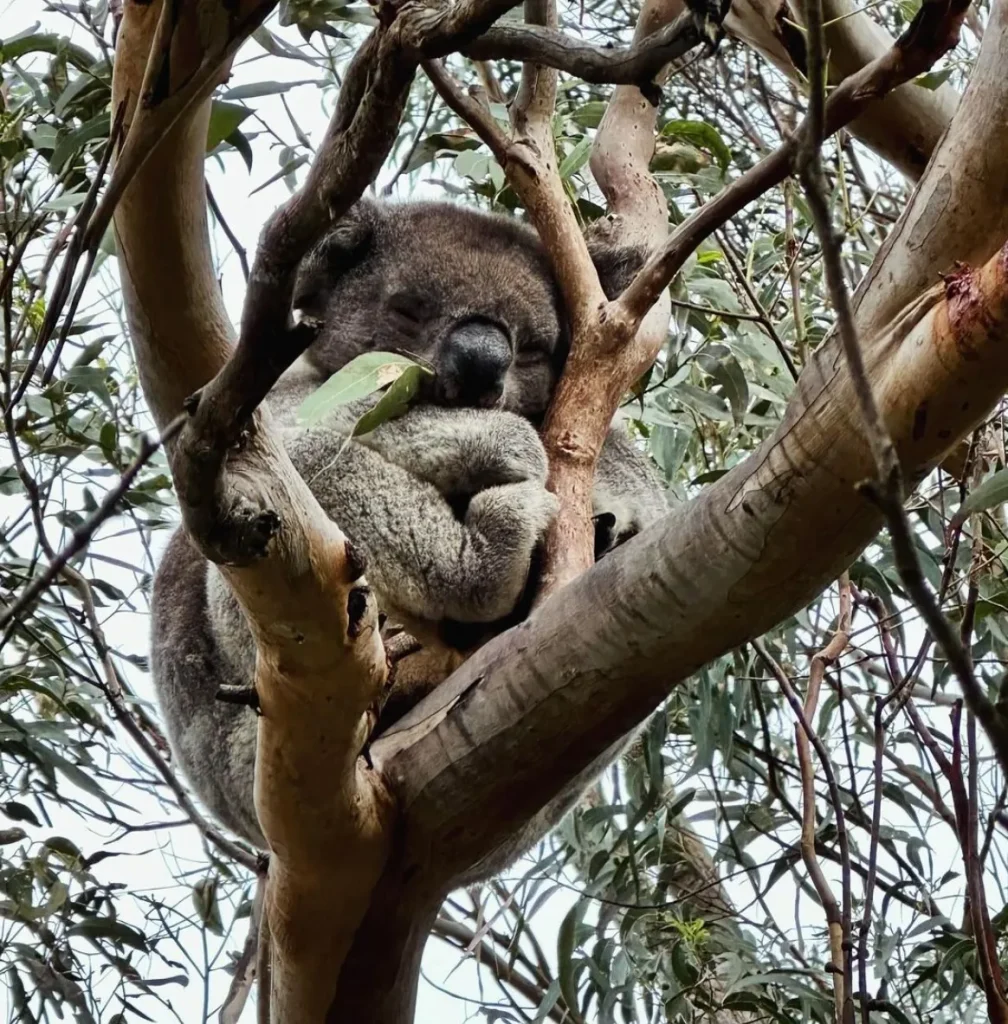
Midway along the Great Ocean Road is Cape Otway, with its dense forests containing diverse wildlife, such as koala bears, among others. This area, however, highlights how tourism attractions interplay with conservation needs. While national parks play a vital role in biodiversity conservation, they are being threatened by environmental changes coupled with human activities. Thus, any effort directed towards their protection should be broad-based and cover issues ranging from conserving habitats to managing tourist impacts.
The Role of Conservation in Cultural Heritage Preservation

The cultural heritage of the Great Ocean Road is an equally important part of its identity as its rich Aboriginal heritage. Along the route are numerous indigenous sites that offer a window into its ancient past. Since most of these sites are within national parks or located along vulnerable coastlines, protecting them aligns with preserving nature. To conserve these cultural landmarks they need to be done collaboratively with the Aboriginal people who live nearby so that as history and spiritual places they can be respected.
Implementing Solutions: Education and Enforcement

To deal with conservation challenges on the Great Ocean Road it requires combining education, enforcement and community participation. Among other things, there is a need for visitors to realize that such ecosystems are fragile, which is why educational programs and interpretive signage are used along the road. Nevertheless, there is a need for more stringent enforcement of environmental regulations to prevent illegal actions like disturbance of wildlife or littering, among others.
Sustainable Practices for a Sustainable Future
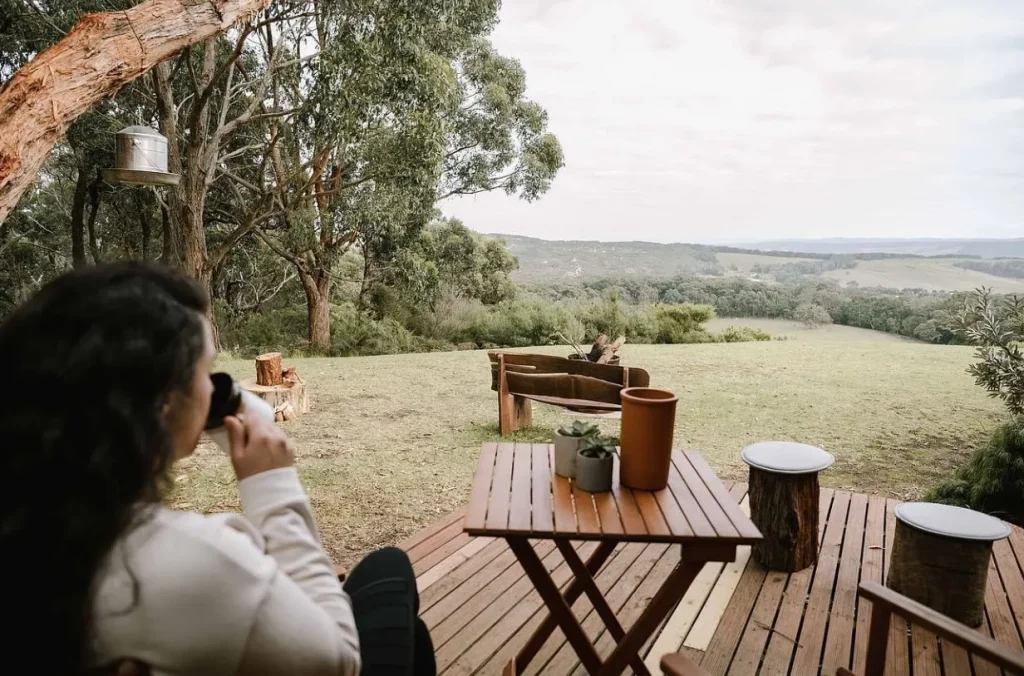
However, at some point, before going through the numbered lists, one must stress that sustainable practices from both locals and tourists can help mitigate some of these conservation challenges faced along the Great Ocean road. However it is not just about manners, adopting green habits are necessary to keep alive the awe that has been inspiring people about this road for many years.
Key Sustainable Practices for Tourists:
Wildlife should not be disturbed as possible by keeping to marked paths, avoiding them from straying off regular animal corridors or entering breeding areas of plants.
Wherever feasible, utilize environmentally friendly means of transportation like electric bikes and vehicles.
Strategies for Local Businesses to Enhance Conservation:
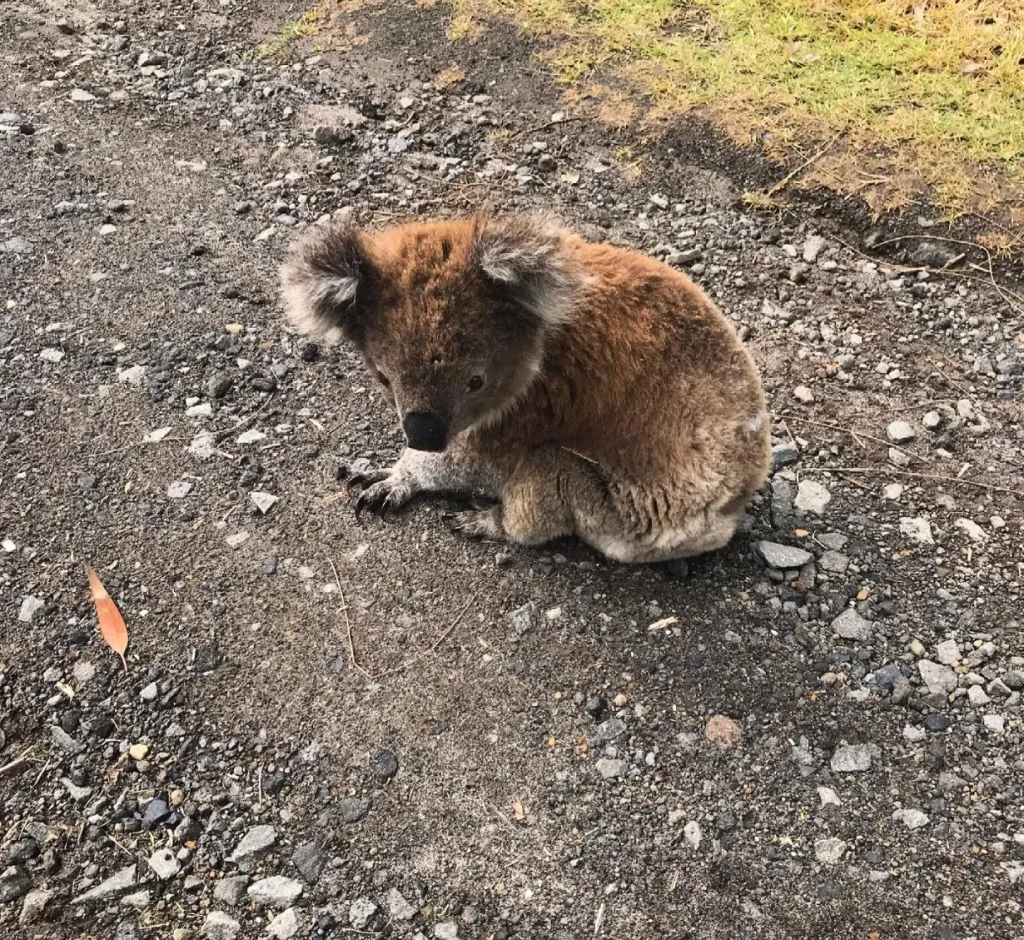
This will help reduce pollution levels because waste management systems that form part of sustainable environment programs should be implemented.
Using local materials and plants can support biodiversity indirectly. On the other hand, planting native species has a more direct impact on increasing the number of locally adapted species within an area.
Table: Impact of Tourism on Key Conservation Areas
| Area | Main Concerns | Conservation Actions Needed |
|---|---|---|
| Apollo Bay | Marine wildlife disturbance, water pollution | Strict zoning and visitor number controls |
| Cape Otway | Habitat destruction, fire risk | Enhanced surveillance and fire management |
| National Parks | Invasive species, erosion | Continued removal of alien plants, reforestation efforts |
Let us think about the conservation issues facing the Great Ocean Road; it becomes evident that these can only be addressed not by policies and programs only but through daily actions of every individual who visits or lives next to this magnificent highway. However, it is a long road ahead but with concerted efforts we can make sure that Great Ocean Road remains a marvel of nature and cultural heritage. Also in this promotion are tour operators who offer an ecological 2 day Great Ocean Road tour. The tour is organised with minimal pollution of the environment.
Engaging Local Community in Conservation

Significantly, tackling the conservation challenges along the Great Ocean Road involves working closely with local communities. These communities have deep attachment to this land both on sea and land passed down from one generation to the other. By involving them in conservation efforts, it leads to increased numbers of people who are advocating for sustainable practices locally as well as human resources being availed for related jobs.
These community-led initiatives include beach clean-ups and education workshops which empower residents enabling them to safeguard their environment. Moreover, schools within the locality can incorporate themes on conservation in their curriculum so as to instil a love for nature at an early stage among young learners. To achieve the success of these community-oriented initiatives, there must be continuous support from local businesses and governments to ensure the availability of resources for sustainability projects in the long run.
Technological Innovations towards Conservation
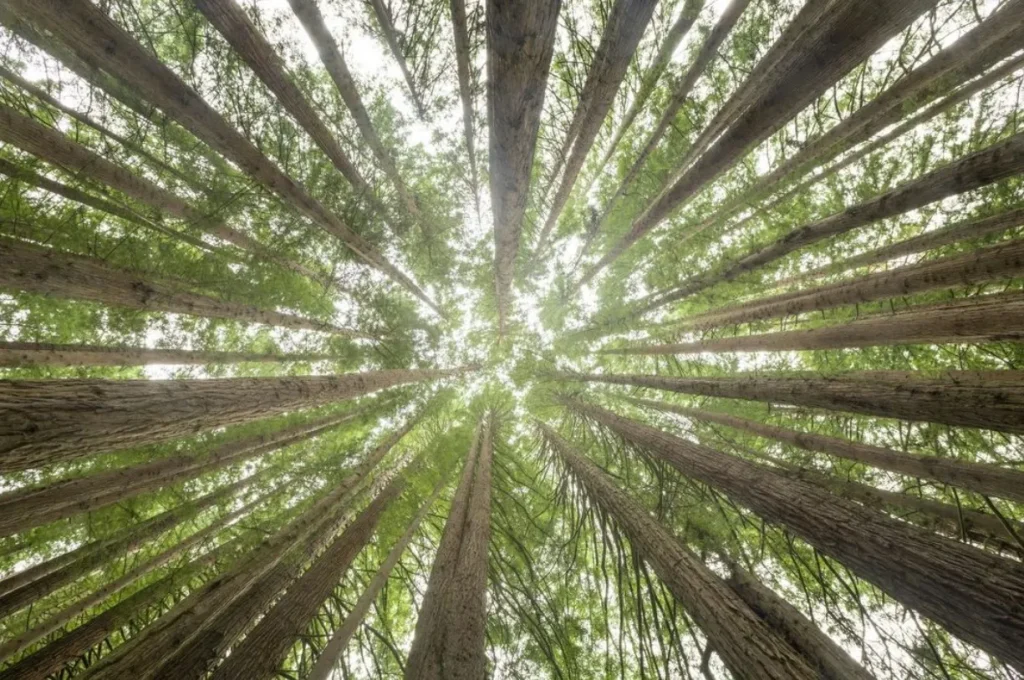
In an era when technology is influencing almost all aspects of life, conservation efforts along the Great Ocean Road are also benefiting from advancements in technology. For instance, tools such as drones are used for wildlife population monitoring, detecting poaching or unauthorized logging activities among others. GIS technology allows for mapping out bio-diversity hotspots and understanding changes over time due to human impact or natural causes.
Additionally, data collected using these technologies can enable decisions on areas requiring immediate protection while evaluating the efficiency of present-day conservation strategies. Consequently, social media platforms have become useful tools for increasing awareness or even getting support for conservational purposes at large, thus bridging what locals deal with while affecting global audiences.
Funding and Policy: The Backbone of Effective Conservation

Without adequate funding and strong policy support, conservation efforts can fail. Financial resources are vital for implementing effective conservation programs, conducting research, and managing protected areas. Government grants, donations from NGOs, and contributions from private sectors make up the funding mix. On the policy front, robust laws that protect the environment and hold violators accountable are just as critical.
Therefore, policymakers have to work hand in hand with environmental scientists and local communities by coming up with regulations that address specific threats affecting the Great Ocean Road region, such as coastal erosion or loss of habitat. It is through a collaborative approach that policies become enforceable but, more importantly, grounded in science and community needs.
Conclusion
The journey of addressing the challenges regarding conservation on the Great Ocean Road is winding and varied like the road itself. Its complexity ranges from controlling invasive alien plants to managing tourism impacts. In addition to this however; it can be preserved if local communities cooperate together for instance using state-of-the-art technologies while being well supported by policies as well as funding. This route has great ecological importance alongside its cultural significance which makes it important for future generations too so that they may enjoy its beauty as well as heritage it carries along. It is a task where everyone involved must act collectively towards its achievement.
Frequently Asked Questions
What are the main threats to the Great Ocean Road’s ecosystems?
The most critical dangers include extinction caused by habitation destruction, pollution from visitors and effects of climate change, such as an increase in bushfires and coastline erosion. These issues require a variety of approaches, including conservation, regulation and community participation in their resolution.
How can tourists help conserve Great Ocean Road?
Responsible travel practices such as following marked routes, lessening garbage production, use eco-friendly transportation methods and observing wildlife species and cultural heritage sites matters for a lot. Besides this, they can also back up indigenous projects by taking part or giving donations to it.
What is the role of local communities in conserving the Great Ocean Road?
Local communities make an important contribution towards conservation. They get involved in making decisions locally or they get engaged in some other forms of conservation activity directed at teaching visitors the ecological importance of an area. This way they contribute their ancient knowledge about land and its history.
Are there any specific laws that protect the Great Ocean road?
Yes, several laws that safeguard environment and cultural heritage on Great ocean road exist. Some examples are national park regulations, local council’s by-laws about land use as well as particular state legislations aimed at protecting coastal areas and native animal lives.
How can technology support conservation efforts along the Great Ocean Road?
Technology makes it easier to monitor changes that occur within an ecosystem more effectively so far as possible threats are concerned; facilitate data collection & analysis; enhancing communications among environmentalists, society members plus decision makers etc. Such instruments like drones, geographic information systems (GIS) or even online platforms massively impact upon how problems pertaining to nature preservation have been settled nowadays.
